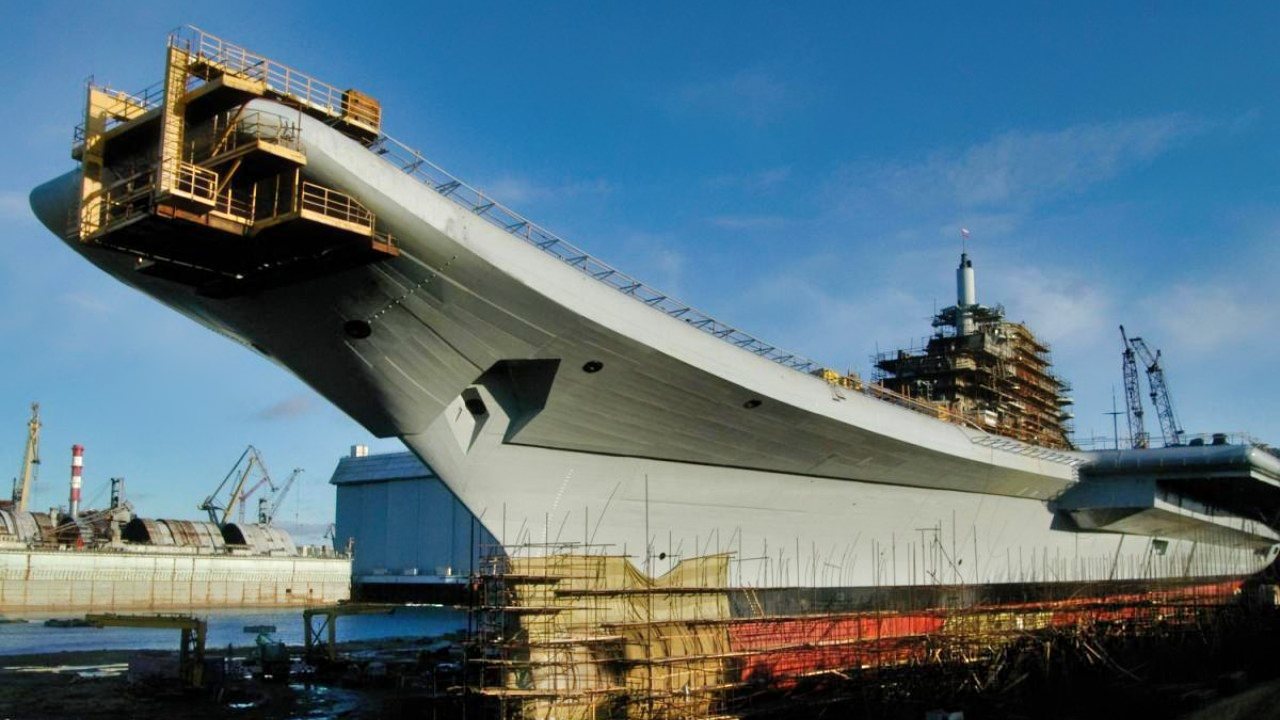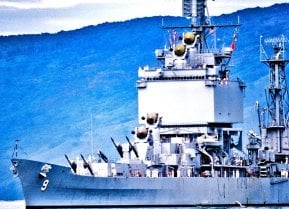India's Big Navy Mistake: Buying an Old Aircraft Carrier From Russia
The acquisition of the INS Vikramaditya by India, despite its complex and costly upgrade process, can be justified through several strategic lenses, but it's also not without its criticisms.
Summary: The acquisition of the INS Vikramaditya by India, despite its complex and costly upgrade process, can be justified through several strategic lenses, but it's also not without its criticisms.
The INS Vikramaditya Saga: India's Strategic Masterstroke or a Costly Gamble
New Delhi commissioned its aircraft carrier, the INS Vikramaditya, in 2013 at a ceremony in Severodvinsk, Russia. The carrier started life in the Soviet navy as the Baku, but New Delhi purchased the vessel in 2004, and it has served in India’s navy for a decade.
Was it a mistake to buy the old Soviet aircraft carrier?
The Nature of the Deal
The Baku entered service with the Soviet Navy in 1987. After the fall of the Soviet Union, it was renamed the Admiral Gorshkov. In 1996, the Russians deactivated the carrier, because Moscow’s paltry defense budget could not bear the expense.
India at the time was looking to expand its force projection capabilities. Sensing an opportunity, New Delhi expressed interest in purchasing the vessel.
Russia and India negotiated sale of the aircraft carrier for years, and they reached an agreement in 2004. The ship itself would cost India nothing. But India would foot the $800 million bill for the vessel’s upgrade and refit, as well as $1 billion for aircraft and weapons systems.
The deck of the Vikramaditya would be cluttered with an eclectic mix of aircraft from adversarial nations. Models would include the Northrop Grumman E-2D Hawkeye, an airborne early warning and control U.S. aircraft, and the Mikoyan MiG-29K, a multirole Russian fighter.

Whereas the Gorshkov had operated as a hybrid carrier/cruiser, the India-funded upgrades converted the ship into a pure carrier, featuring a “short take-off but arrested recovery,” or STOBAR, configuration. With the Vikramaditya’s entrance into the Indian Navy, India’s only light carrier, the INS Viraat, would soon be decommissioned.
The upgrade proved a frustrating process for India. The various delays caused Russia to demand an additional $1.2 billion, doubling the project’s original cost forecast. Russia blamed the unexpected cost overruns on the deterioration of the ship, while citing “market price” for a new midsized carrier at between $3 billion and $4 billion.
The New Aircraft Carrier Design
Once finally completed, the Vikramaditya was larger than the original Baku, and 1,750 of the original 2,500 compartments had been refabricated. Extensive re-cabling supported new radars and sensors. The aircraft elevators were upgraded, while two restraining stands were fitted. Major modifications were made to allow the aircraft carrier to support STOBAR operations. These included removing armaments such as P-500 Bazalt cruise missile launchers and Antey Kinzhal surface-to-air missiles to make room for a ski-jump.
Is the Vikramaditya worth India’s investment?
India is actively competing to keep pace with China’s rapid naval growth. China’s ambitious shipbuilding spree complements its more aggressive stance in the Indo-Pacific region, where Beijing stakes numerous territorial claims. The Vikramaditya was no doubt purchased with matching the Chinese in mind.
About the Author: Harrison Kass
Harrison Kass is a defense and national security writer with over 1,000 total pieces on issues involving global affairs. An attorney, pilot, guitarist, and minor pro hockey player, Harrison joined the US Air Force as a Pilot Trainee but was medically discharged. Harrison holds a BA from Lake Forest College, a JD from the University of Oregon, and an MA from New York University. Harrison listens to Dokken.


